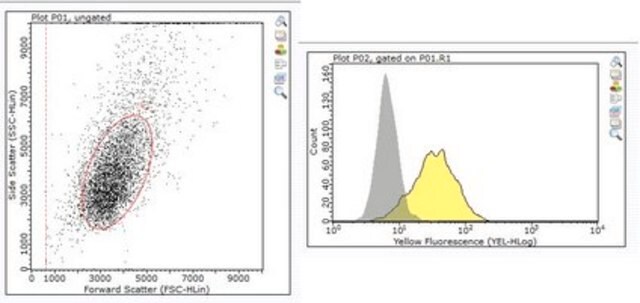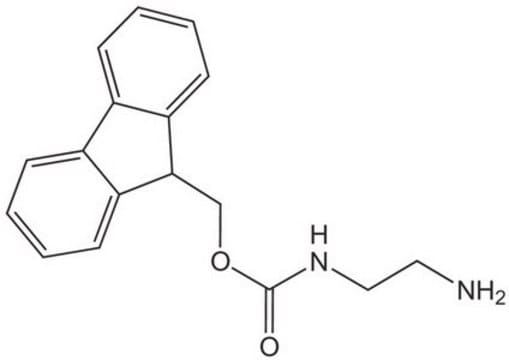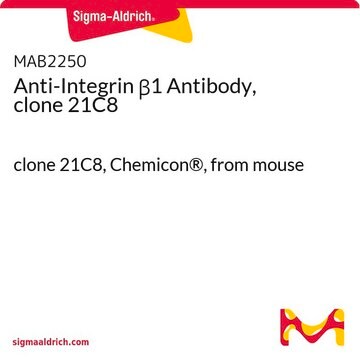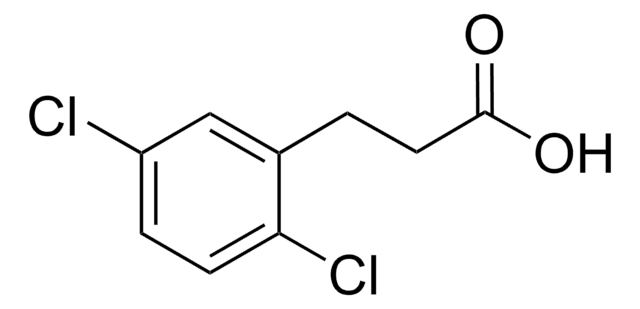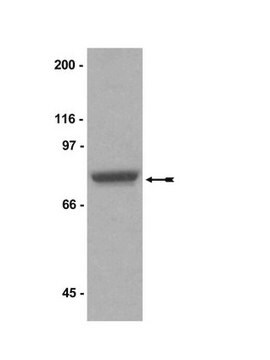MAB2000
Anti-Integrin β1 Antibody, clone HB1.1
clone HB1.1, Chemicon®, from mouse
Sinônimo(s):
CD29
About This Item
Produtos recomendados
fonte biológica
mouse
Nível de qualidade
forma do anticorpo
purified immunoglobulin
tipo de produto de anticorpo
primary antibodies
clone
HB1.1, monoclonal
reatividade de espécies
human, pig
fabricante/nome comercial
Chemicon®
técnica(s)
flow cytometry: suitable
immunohistochemistry: suitable
immunoprecipitation (IP): suitable
western blot: suitable
Isotipo
IgG1κ
adequação
not suitable for activity/function inhibition
nº de adesão NCBI
nº de adesão UniProt
Condições de expedição
wet ice
modificação pós-traducional do alvo
unmodified
Informações sobre genes
human ... ITGB1(3688)
Especificidade
Aplicação
Flow cytometry: 10 μg/mL
Western blot
Immunohistochemistry in frozen tissue samples: 5 μg/mL
Induction of cell aggregation: 10 μg/mL. MAB2000 is a potent stimulator of cell aggregation tested in U937, Jurkat and human peripheral blood lymphocytes.
MAB2000 does not affect VLA integrin-mediated cell adhesion to matrix proteins.
Optimal working dilutions must be determined by end user.
Cell Structure
Integrins
Ligação
forma física
Armazenamento e estabilidade
Outras notas
Informações legais
Exoneração de responsabilidade
Not finding the right product?
Try our Ferramenta de seleção de produtos.
recomendado
Código de classe de armazenamento
10 - Combustible liquids
Classe de risco de água (WGK)
WGK 2
Ponto de fulgor (°F)
Not applicable
Ponto de fulgor (°C)
Not applicable
Certificados de análise (COA)
Busque Certificados de análise (COA) digitando o Número do Lote do produto. Os números de lote e remessa podem ser encontrados no rótulo de um produto após a palavra “Lot” ou “Batch”.
Já possui este produto?
Encontre a documentação dos produtos que você adquiriu recentemente na biblioteca de documentos.
Nossa equipe de cientistas tem experiência em todas as áreas de pesquisa, incluindo Life Sciences, ciência de materiais, síntese química, cromatografia, química analítica e muitas outras.
Entre em contato com a assistência técnica